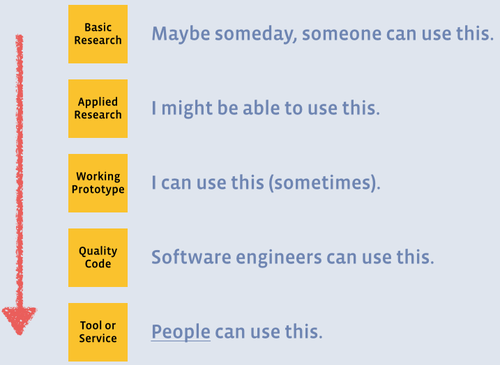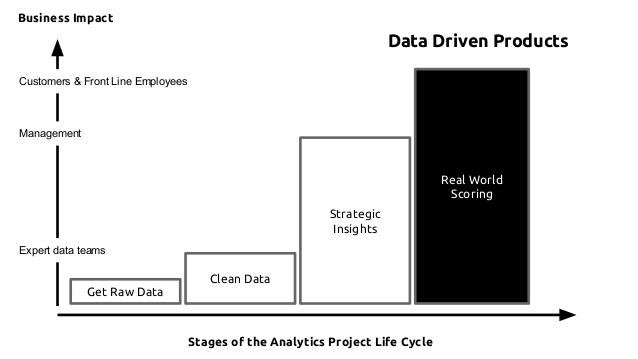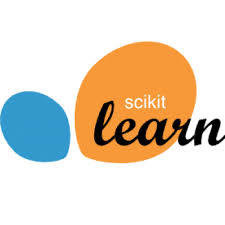From Lab to Factory
Or how to turn data into value?
PyData track at PyCon Ireland
Late October 2015
All opinions my own
Who am I?
- Type (A) data scientist - focused on analysis - c.f. Chang
- Masters in Mathematics
- Industry for nearly 3 years
- Specialized in Statistics and Machine Learning
- Passionate about turning data into products
-
Occasional contributor to OSS - Pandas and PyMC3
- Speak and teach at PyData, PyCon and EuroSciPy
- @springcoil




Aims of this talk
- "We need more success stories" - Ian Ozsvald
- Lessons on how to deliver value quickly in a project
- Solutions to the last mile problem of delivering value
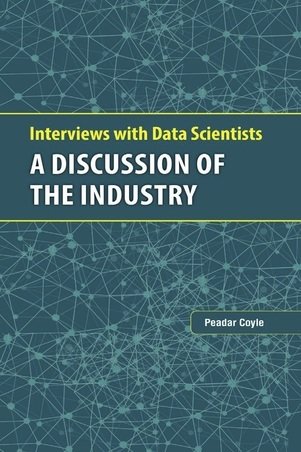
What IS a Data Scientist?
I think a data scientist is someone with enough programming ability to leverage their mathematical skills and domain specific knowledge to turn data into solutions.
The solution should ideally be a product
However even powerpoint can be the perfect delivery mechanism
What do Data Scientists talk about?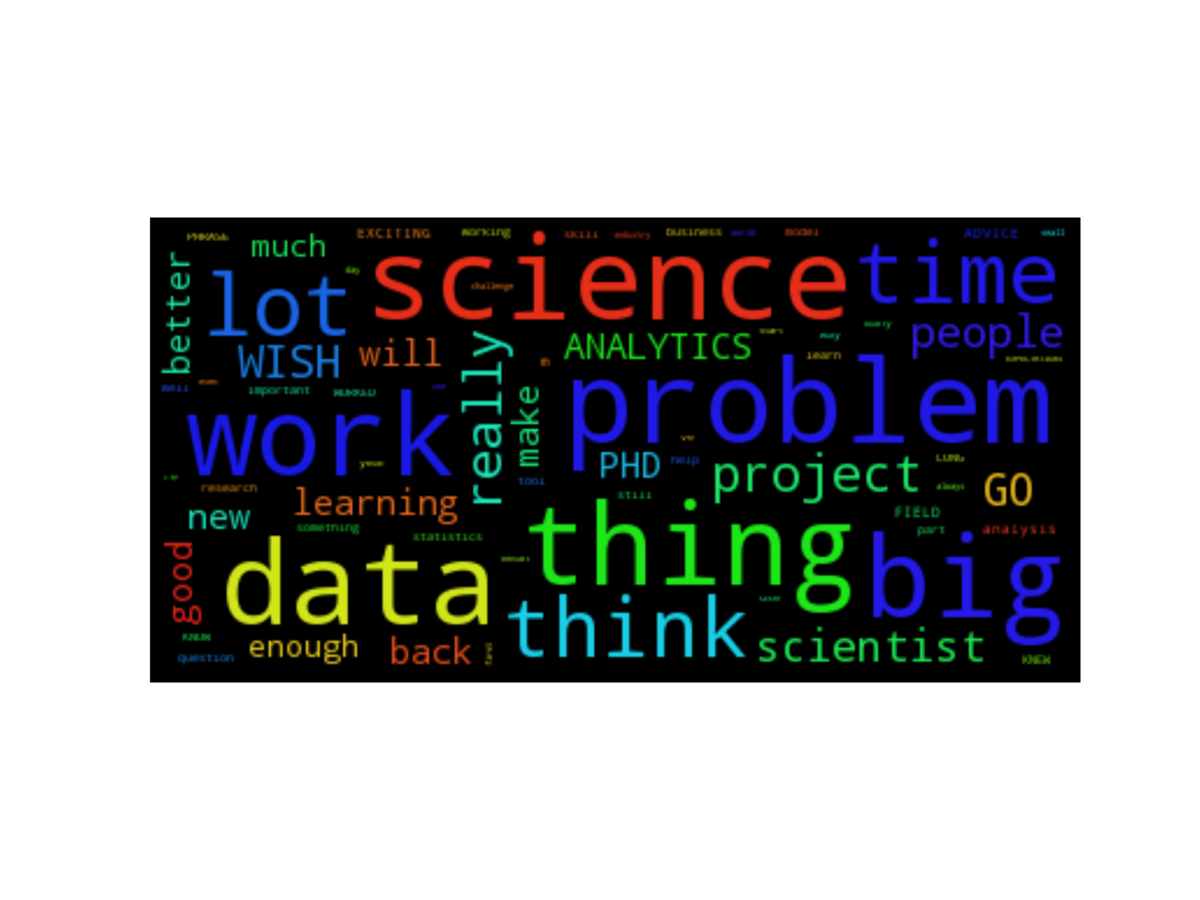
Based on my Dataconomy Interview series!
Some NLP on the Interviews!

HT: Sean J. Taylor and Hadley Wickham
How do I bring value as a data geek?
Getting models used is a hard problem (trust me :) )
How do we turn insight into action?
How do we train people to trust models?
Visualise ALL THE THINGS!!
- (Relay foods dataset - HT Greg Reda)
-
Consumer behaviour at a Fast Food Restaurant per year in the USA

What projects work?
- Explaining existing data (visualization!)
- Automate repetitive/ slow processes
- Augment data to make new data (Search engines, ML models)
- Predict the future (do something more accurately than gut feel )
- Simulate using statistics :) (Rugby models, A/B testing)
Data Science projects are risky!
Many stakeholders think that data science is just an engineering problem, but research is high risk and high reward
Derisking the project - how? Send me examples :)
(HT: The Yhat people - www.yhathq.com)
What are the blockers?
- Domain knowledge and understanding - can't be faked :)
- Difficult to extract information and produce good visualizations without engineering and business.
- Example - it took me months to be able to do good correlation analysis of Energy markets

"You need data first" - Peadar Coyle
- Copying and pasting PDF/PNG data
- Messy csv files and ERP output
- Scale?
- Getting data in some areas is hard!!
- Months for extraction!!!
- Some tools for web data extraction
- Messy APIs without documentation :(


Augmenting data and using API's
Sentiment analysis
Improving risk models with data from other sources like Quandl


Air Traffic data blend - many many API's.


Simulate: Six Nations with MCMC
(PyMC3)
(HT: Ian Ozsvald)
Models are a small part of a problem
- Only 1% of your time will be spent modelling
- Stakeholder engagement, managing people and projects
- Data pipelines and your infrastructure matters - Eoin Brazil Talk
- How is your model used? How do you get adoption?

Lessons learned from Lab to Factory
1. The 'magic quickly' problem is a big problem in any data science project - our understanding of time frames and risk is unrealistic :)
2. Lack of a shared language between software engineers and data scientists - but investing in the right tooling by using open standards allows success.
3. To help data scientists and analysts succeed your business needs to be prepared to invest in tooling
4. Often you're working with other teams who use different languages - so micro services can be a good idea
How to deploy a model?
- Palladium (Otto Group)
- Azure
- Flask Microservice
- Docker



Invest in tooling
- For your analysts and data scientists to succeed you need to invest in infrastructure to empower them.
- Think carefully how you want your company to spend its innovation tokens and take advantage of the excellent tools available like ScienceOps and AWS.
- I think there is great scope for entrepreneurs to take advantage of this arbitrage opportunity and build good tooling to empower data scientists by building platforms.
- Data scientists need better tools :) For all parts of the process :)
Data Product Development
- Software Engineers aren't data scientists and shouldn't be expected to write models in code.
- A high value use of models is having them in production
- Getting information from stakeholders is really valuable in improving models.
Use small data where possible!!
- Small problems with clean data are more important - (Ian Ozsvald)
- Amazon machine with many Xeons and 244GB of RAM is less than 3 euros per hour. - (Ian Ozsvald)
- Blaze, Xray, Dask, Ibis, etc etc - PyData Bikeshed
- "The mean size of a cluster will remain 1" - Matt Rocklin
-
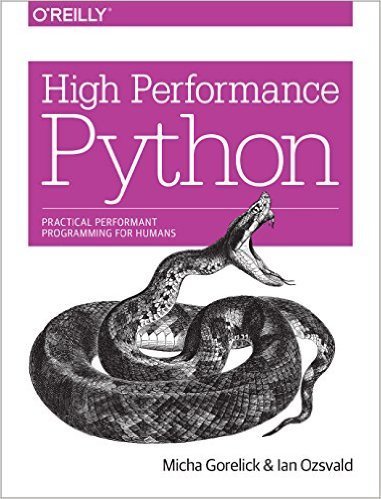

Closing remarks
- Dirty data stops projects
- There are some good projects like Icy, Luigi, etc for transforming data and improving data extraction
- These tools are still not perfect, and they only cover a small amount of problems
- Stakeholder management is a challenge too
- Come speak in Luxembourg
- It isn't what you know it is who you know...
- On Dataconomy I did a series of interviews with Data Scientists
- Send me your dirty data and data deployment stories :)
- My website

What is the Data Science process?
Obtain
Scrub
Explore
Model
Interpret
Communicate (or Deploy)
 A famous 'data product' - Recommendation engines
A famous 'data product' - Recommendation enginesFrom Lab to Factory
By springcoil
From Lab to Factory
The last mile problem of data science going from data to value.
- 5,991

